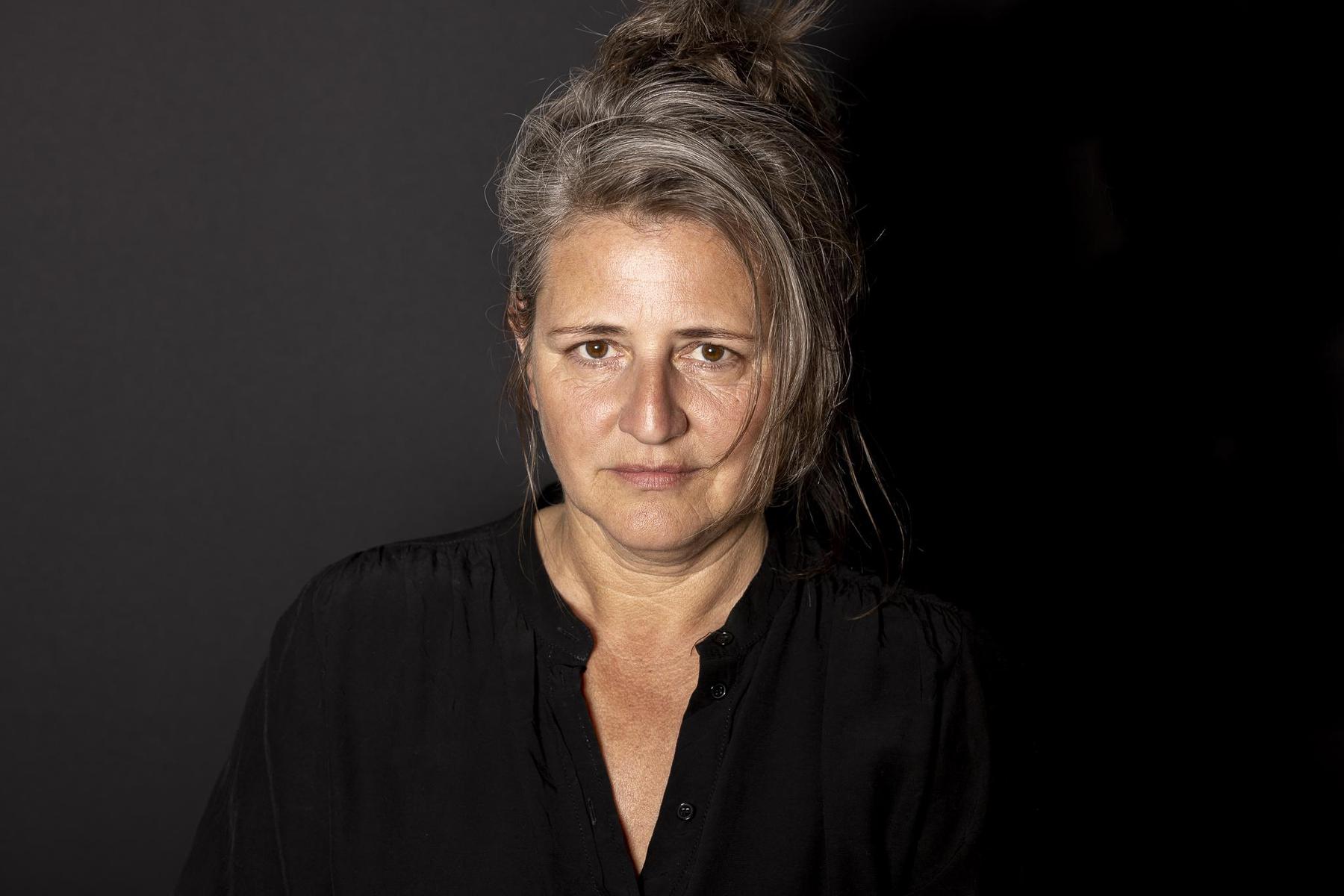Allergies related to climate change: the eight gold rules to combat them

In Italy, according to Save the Children, 8.4% of children between 6 and 7 years of age suffers from asthma related to pollution. 81.4% live in non -healthy areas
In 2050 50 percent of the world population will be affected by allergies According to WHO (World Health Organization). The main causes are the increase in global temperatures and the intensification of extreme climatic events. One of the consequences of climate change is the extension of the polliny season and also an increase in quantities: The most affected are the children. It is discussed at the XXVII National Congress of the Italian Society of Pediatric Allergology and Immunology (SIAIP) held in Milan from 3 to 5 April, with the participation of over 1,500 specialists. «Global warming – explains Professor Michele Miraglia of the judgeSiaip president – favors the increase in the concentration of carbon dioxide, a substance capable of stimulating greater production of pollen aside, for example, of Betulle and Ambrosia, responsible for many allergic reactions. The pollen are now present all year round and quantity has also increased ».
Global health emergency
And the children are the most affected: «The increase in tropospheric ozone – adds Professor Gianluigi Marseglia, Past President of Siaip – can aggravate allergic rhinitis, asthma, atopic dermatitis. A Swedish study underlines how exposure to pollen in the first months of life, or even in intrauterine life, is associated with a greater probability of allergic awareness and onset of respiratory diseases « . In Italy, according to Save the Children data, 8.4 percent of children between 6 and 7 years of age suffers from asthma related to pollution. 81.4 percent live in areas polluted by fine dust, 100 percent in 8 regions: Emilia-Romagna, Friuli-Venezia Giulia, Liguria, Lombardy, Piedmont Puglia, Trentino and Veneto. Not only an environmental crisis is underway, but to a real global health emergency. In fact, scientific evidence show that the‘Raise of global temperatures, the increase in CO2 concentrations and the increase in air pollution They are intensifying allergic diseases, especially among children.
Greater production of pollen
«According to a study published in magazine Allergy, The atmospheric CO2 levels have increased by 48 percent from the pre -industrial era, stimulating greater production of pollen. The concentrations of Polline of Ambrosia, for example, have quadrupled in the last 30 years and will continue to grow. Furthermore, The duration of the polliny season has increased on average by 20 days. It is estimated that in children under the age of 4 there has been a global increase of 17 percent in cases of asthma related to this phenomenon – explains Miraglia of the judge -. A child with allergic colds struggles to sleep, focus and this affects learning, and if it lasts 12 months a year the situation is truly serious « . Pollution is also reflected on the skin. « Cases of atopic dermatitis are increasing – explains Marseglia -: in Europe 10 out of one hundred children suffer from it, it is a pathology that manifests itself with red patches, intense itching and dry skin. Itching is the real problem, which, among other things, makes sleep even more difficult And when it affects very small babies and children, it is even more difficult to manage. Today there are effective drugs that can be prescribed already from 6 months of age ».
Combination of allergens and pollutants
Extreme climatic conditions are amplifying the spread of fungal sporesknown for their impact on respiratory diseases. Furthermore, the low quality of indoor air, aggravated by buildings not adequately ventilated and built with polluting materials, contributes to the spread of the Sick Building Syndrome (SBS), A set of allergic and respiratory symptoms linked to non -healthy closed environments. A study published onInternational Journal of Environmental Research and Public Health He has shown that, in urban centers with high levels of pollution, the prevalence of childhood asthma is 40 percent higher than rural areas. The combination of allergens and pollutants makes the cities a particularly hostile environment For those suffering from allergic pathologies.
Diabetes and celiac disease screening
During the works, ample space was dedicated to the presentation of the data of the pilot project which saw the Ministry of Health and the Superior Institute of Health together for the realization of the screening diabetes And celiac disease For a total of 5,363 children involved in 4 regions: Lombardy, Marche, Campania and Sardinia. Type 1 diabetes is very often diagnosed late when the symptoms of ketoacidosis are manifested: excessive and diuresis thirst, weight loss, nausea, vomiting, abdominal pain. The problem is that The initial crisis can be very violent and also lethal. For this reason in September 2023, law 130 was approved to organize a mass screening system on all Italian children with the aim of discovering The predisposition to diabetes 1 through the dosage of autoantibodies (and also of celiac disease). «In recent days – the honorable explained in a round table Giorgio Mulé, vice -president of the Chamber and first signatory of the law – All the children foreseen by the protocol, equally divided between males and females, and blood samples analyzed at 90 percent have been screen. On the basis of the results and the experience done I hope that we will be able to quickly proceed with the application of the law at national level ». It is sufficient to punish a finger for the examination of the capillary blood and this could save the life of some children and improve that of many others.
Curb the development of the disease
As for celiac disease, it is possible to live well by following a diet based on foods without gluten: Knowing that you are celiac and feed correctly reduces the risk of intestine cancer. « Diabetes is a disease on an immunological basis – explains Michele Miraglia Del Giudice -, once diagnosed is controlled, but does not heal. Noticing the pathology before it manifests itself means two things: the first is avoid the dangerous and unexpected crises of ketoacidosis which too often report the debut of the disease and often series and sometimes lethal times crisis; The second is being able curb the development of the disease with appropriate measures ». « Contrary to what was once happened – says Gianluigi Marseglia -, the evolution of diabetes 1 can be braked. There are new ones Monoclonal antibodies Which, preserving the function of the beta cells of the pancreas, delay its development ».
The manifesto and the 8 « golden rules »
During the congress, the Siaip manifesto aimed at institutions was presented to counteract allergies related to climate change, with the 8 « golden rules »:
1. Plant control plans: reduction of urban emissions to improve air quality; reduction of greenhouse gase emissions;
2. Strengthening of public health strategies through measures such as the improvement of ventilation and control of humidity;
3. Elimination of indoor polluting sourceslike cigarette and electronic cigarette smoke;
4. Sustainable urban design: increase in green areas to reduce the dispersion of allergens, targeted interventions to improve air quality, reduce air pollution and improve the quality of buildings to prevent the Sick Building Syndromethrough better ventilation, the use of non -polluting materials and the reduction of indoor humidity;
5. Pollinical monitoring: creation of early alert systems to inform the population correctly and on time;
6. Education and awareness: inform the population about preventive risks and strategies; dissemination of timely information on allergen levels in the air;
7. Research and innovation: development of new therapies and strategies to improve the management of environmental allergies;
8. International collaboration: development of research programs joined at European and global level to study the effects of climate change on allergies.
« We must act immediately, the costs in terms of diseases and health costs of the countries will soon be unsustainable » conclude the authors of the manifesto.









